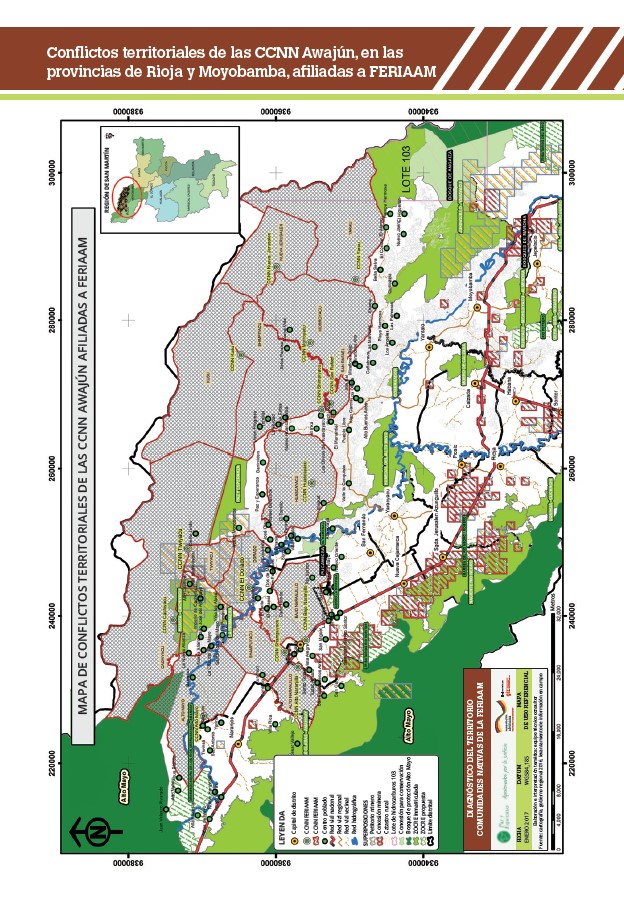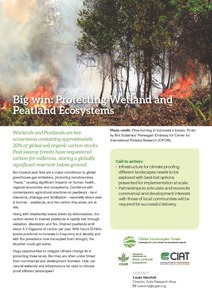Redefining Concepts of What Type of Forest Comprises Community Forests in Viet Nam
The approval of the 2004 Forest protection and Development Law was a milestone which marked the legal recognition of community forestry in Viet Nam. Yet, general understanding of community forests as only the area legally allocated to village communities has undervalued the role of community forestry. To address this issue, it is recommended that community forestry needs to be clearly defined in the forestry legal framework to include forest areas allocated to individual households, particularly natural forest areas where collective forms of forest management are being practiced.






